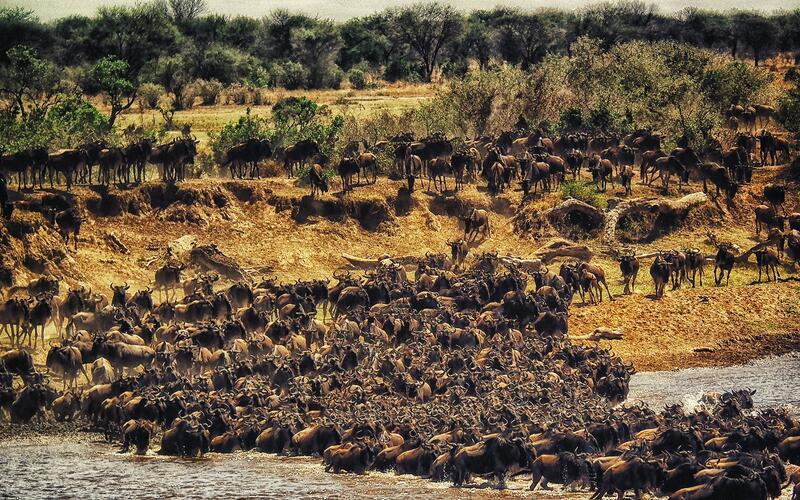Moving better in our landscape: Unexpected impacts of human activities on animal movement

Moving better in our landscape: Unexpected impacts of human activities on animal movement
Human activities, from agriculture to tourism, have significant impacts on wildlife. Strikingly, activities that we might think of as harmless, such as recreation, can have bigger impacts than permanent landscape changes. To preserve the planet’s biodiversity, we need to incorporate these movement patterns into the way we think about and move in our landscapes.
Doherty, T.S., Hays, G.C. & Driscoll, D.A. Human disturbance causes widespread disruption of animal movement. Nat Ecol Evol, 2021 DOI: 10.1038/s41559-020-01380-1
Human activities affect our entire planet, from urbanization and agriculture in human-dense areas to roads, recreation, hunting, or resource extraction in areas considered more “pristine.” As a result of these human modifications, many animals are forced to increase their normal movement to avoid threats or to find food and mates. Others have their movement restricted because of man-made barriers such as roads or dams. The results of this altered movement behavior can be dramatic. In some cases, animals have even gone extinct when they were forced to expend too much energy finding food or were constrained within too small an area.
To better understand the effects of human activities on animal movement, researchers from Deakin University and the University of Sydney in Australia analyzed the movement patterns of 167 terrestrial and aquatic species across the globe, from small insects to great white sharks. They identified changes in the size of animals’ home ranges (their “territory”) as well as their movement distance (how much they move within said territory). The study, a world first recently published in Nature Ecology & Evolution, shows that a third of all species changed their movement patterns by 20-50 percent in response to human disturbances, and another third of species changed by over 50 percent.
Not all animals are affected by human disturbance in the same way. While birds significantly increased their movement and home range, mammals moved further distances within a similar home range, and the home range of reptiles shrunk. In general, larger animals increased their movement distance more – likely because they can move far enough to avoid disturbances. For example, a moose can move towards undisturbed forest patches, but a salamander might not be able to make it. Overall, every animal group altered their movement patterns in some way in the face of human disturbance.
Surprisingly, this study revealed that temporary human activities such as hunting, flying, or recreation increased movement distance more than persistent habitat modifications like agriculture, urbanization, or logging. This could be because activities are more unpredictable and sporadic, while habitat modification happens slower and on a longer timescale that gives animals more time to adapt.
The study’s findings have important implications: Knowing that human disturbances impact animal behavior in ways that we cannot predict, the researchers emphasize the need to focus on conserving ecosystems worldwide where disturbances are minimal and animals can thrive. For areas where human impacts are unavoidable, animal movement patterns need to be included in landscape planning and management. On an individual level, this could mean staying on marked trails when hiking to make our movements predictable or driving carefully to watch for animals crossing the road. Overall, reducing the negative impacts of humans on animal movement will be key to improving coexistence and preserving biodiversity in an increasingly human-dominated world.




